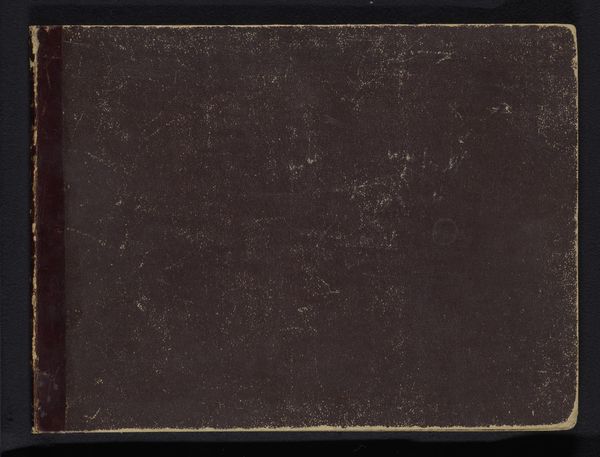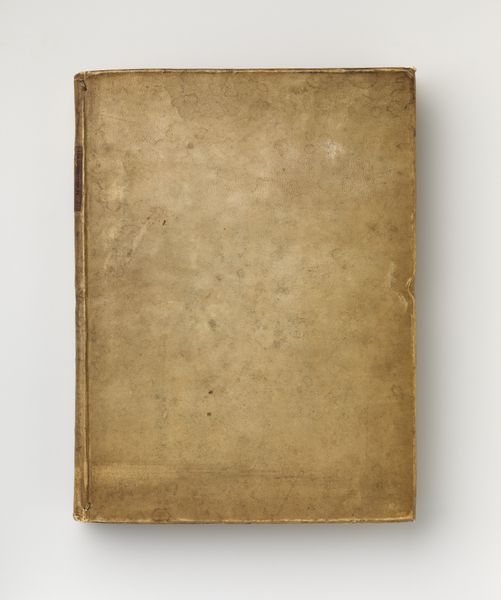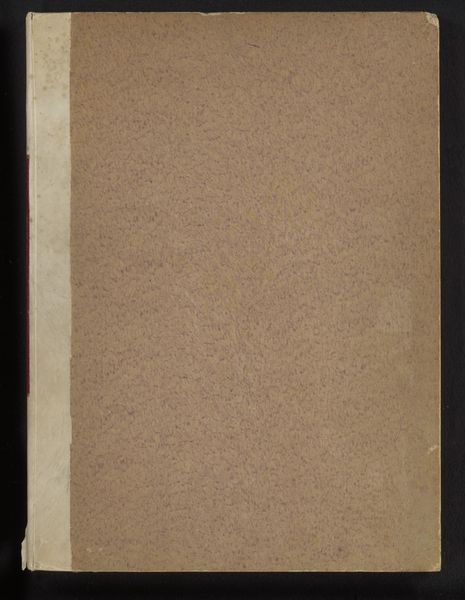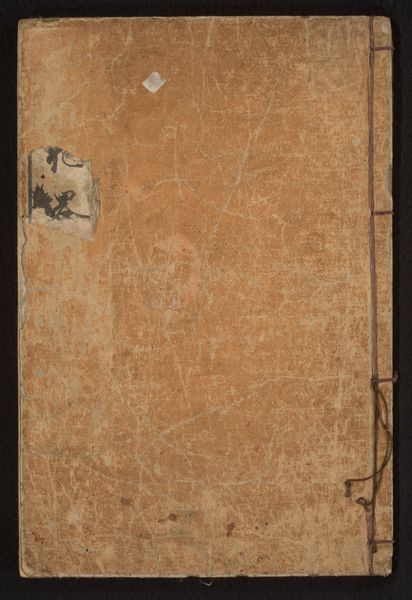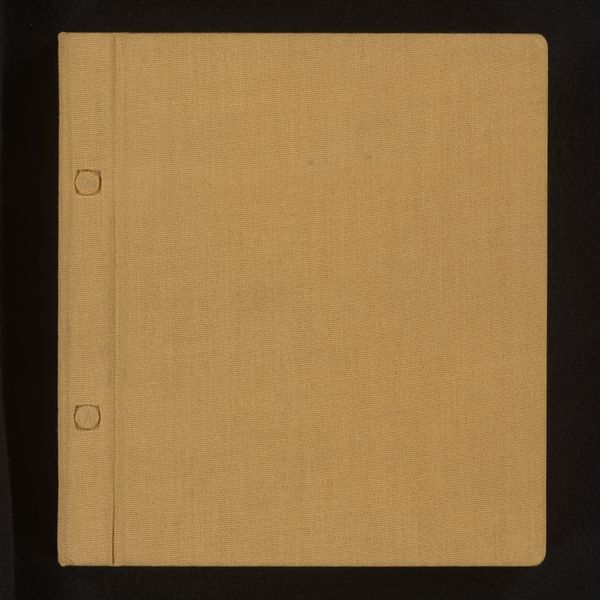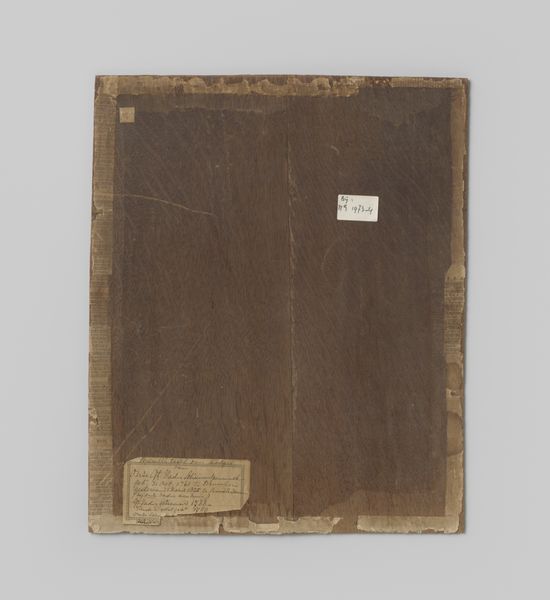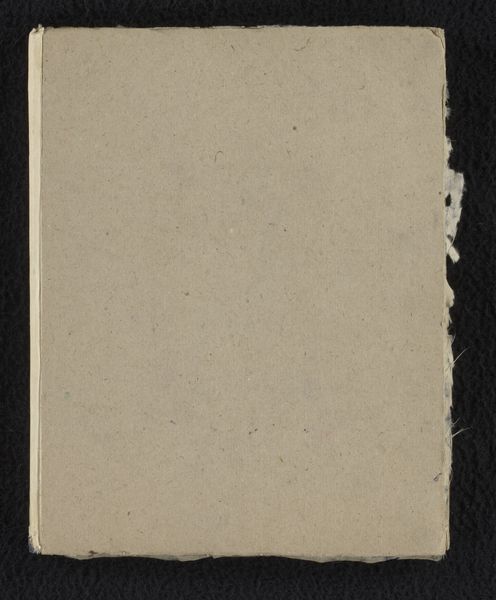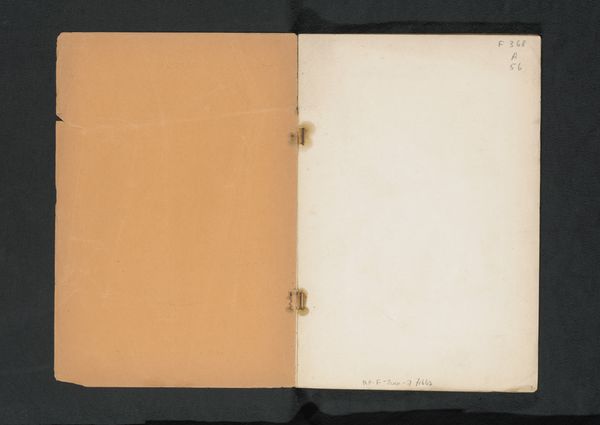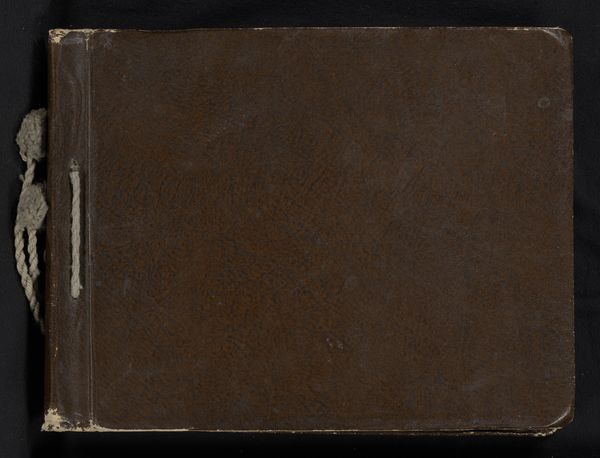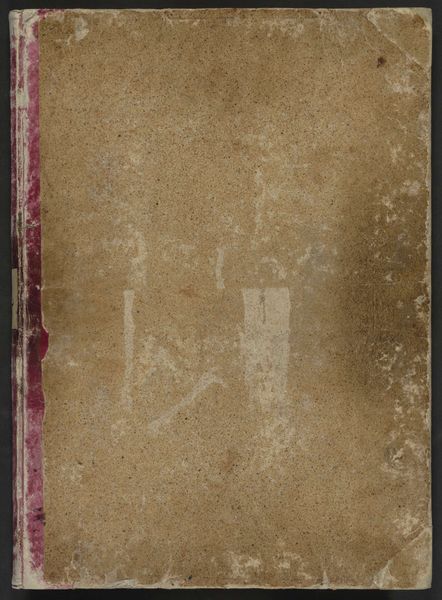
print, paper, engraving
#
aged paper
#
toned paper
#
homemade paper
#
reduced colour palette
#
muted colour palette
#
paperlike
# print
#
sketch book
#
paper texture
#
paper
#
11_renaissance
#
personal sketchbook
#
chalky texture
#
history-painting
#
italian-renaissance
#
engraving
Dimensions: height 415 mm, width 410 mm, thickness 9 mm, height 415 mm, width 820 mm
Copyright: Rijks Museum: Open Domain
Andrea Andreani made this album of woodcuts depicting the triumphal procession of Julius Caesar, sometime between the late 16th and early 17th centuries, in Italy. This processional imagery has its roots in ancient Rome, but the specific designs come from a set of paintings by Andrea Mantegna, dating to around 1485, that were quite famous at the time. Mantegna’s paintings of the Triumph of Caesar were produced during a period of intense classical revival. These were not simply historical images but were also intended as models for contemporary rulers, instructing them in how to perform power and win public acclaim. Andreani’s album transmits these ideas further into the 17th century. To understand the cultural and political implications of an artwork like this, we can consult a variety of sources, including historical texts, visual culture, and the history of institutions. We can consider, too, how these images were displayed and circulated to get a better understanding of how they helped shape the world around them.
Comments
No comments
Be the first to comment and join the conversation on the ultimate creative platform.
